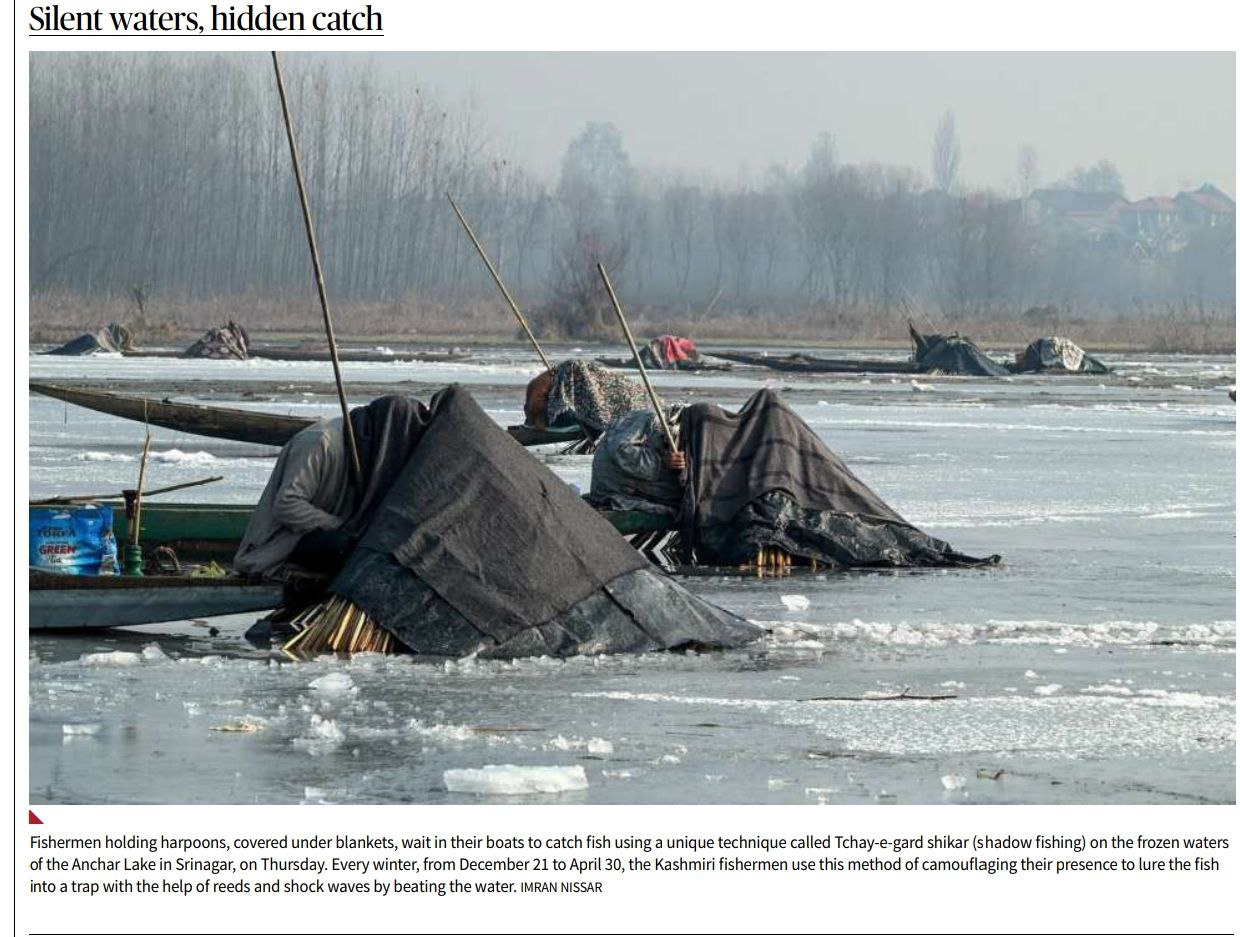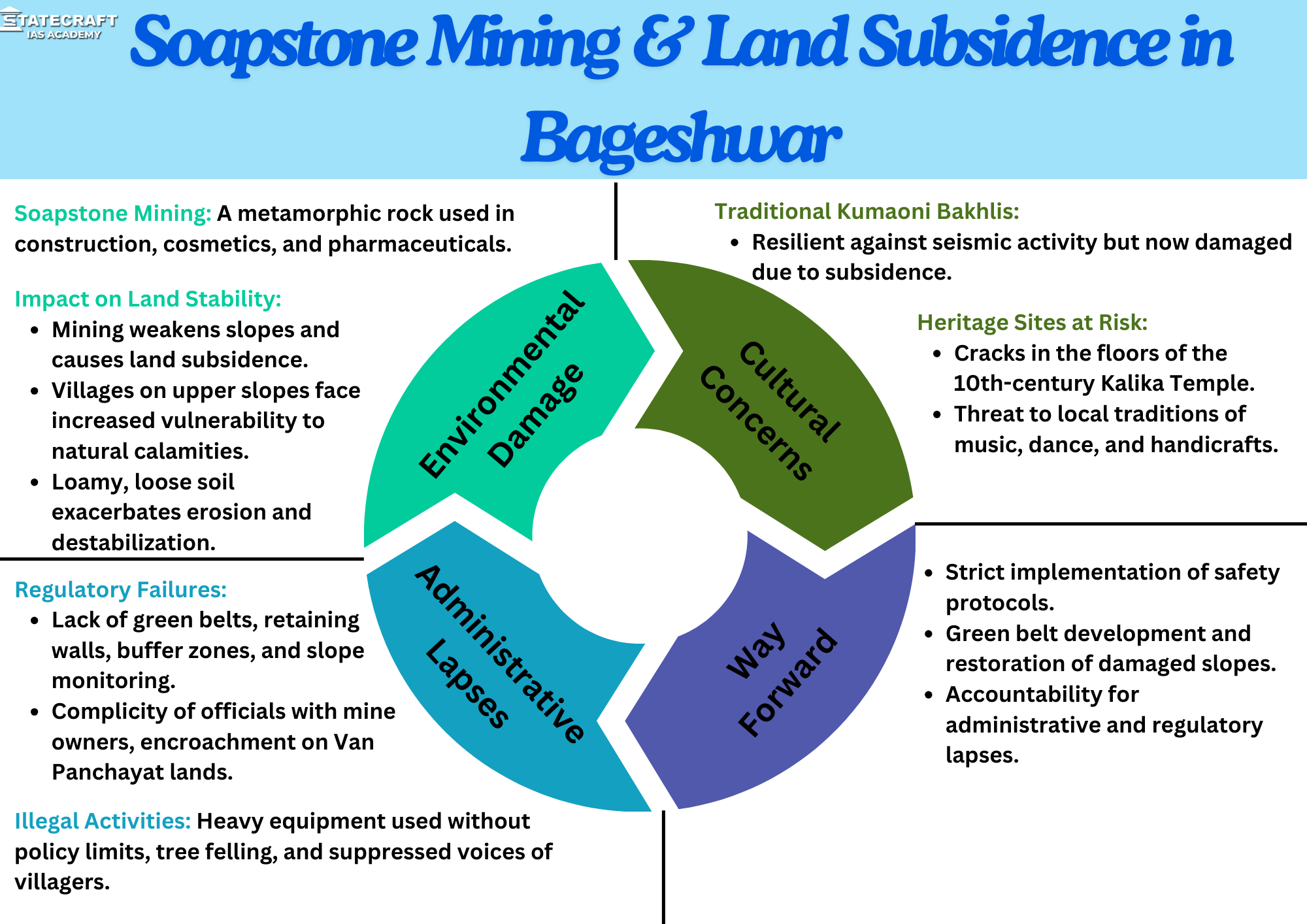1. India’s Genome Project: Compilation of 10,000 Genomes
Key Highlights:
Objective: Creation of the ‘Genome India’ database to serve as a reference for research into diseases, drug therapy, and biotechnology advancements.
- Scale:
- 10,000 human genomes from 83 population groups, representing ~2% of India’s 4,600 population groups.
- Focuses on genetic diversity across India.
- Location: Data housed at the Indian Biological Data Centre (IBDC), Faridabad, Haryana.
Findings:
- Over 27 million low-frequency genetic variants
- 7 million unique variants not found in other reference genome databases worldwide.
- Certain groups showed higher frequencies of specific alleles or variant versions of genes.
Applications:
- Disease Research: Better understanding of genetic predispositions to diseases.
- Drug Therapy: Insights into adverse drug reactions and drug efficacy.
- DNA Profiling: Establishing genealogies and DNA databases for further studies.
- Healthcare: Targeted clinical interventions and advancements in precision medicine.
Global and National Importance:
- Paves the way for India to strengthen its biotech economy and manufacturing base.
- Enables better healthcare policies based on genetic insights.
Ethical Considerations:
- Adherence to privacy and data-sharing policies.
- Population data is coded numerically, not classified by caste or tribe.
Future Prospects:
- Expansion of genome data to 1 million genomes to gain deeper insights.
High costs remain a limitation, but advancements are crucial for genetic diversity research.
2. Earthquake Preparedness: Importance of Regulation Adherence
Context:
- A 7.1 magnitude earthquake in Tibet (depth: 10 km) caused significant destruction, with tremors felt across Nepal, Bihar, and even Delhi.
- Highlights the vulnerability of the Himalayan region to seismic activity.
Himalayan Earthquakes:
- Caused by the collision of the Indian Plate with the Eurasian Plate, resulting in the formation of the Himalayas.
- Fault lines created by tectonic activity store and release latent energy, causing earthquakes.
Historical Significance:
- Memories of the 2015 Nepal earthquakes (April and May) still evoke fear, having caused over 9,000 deaths and massive destruction.
- Scientists warn of an overdue massive earthquake (potential 8.0 magnitude) in the Garhwal-Kumaon Himalayan range, based on a 300-year pattern of seismic activity.
Challenges in Prediction: Despite advanced studies, the exact timing and location of earthquakes remain unpredictable.
Infrastructure and Preparedness:
- Infrastructure projects in the Himalayas (e.g., dams, roads, hydropower plants) must account for seismic risks.
- Recurring landslides, glacial lake outbursts, and earthquakes emphasize the region’s fragility.
- Adherence to building codes and regulations in both the Himalayas and Indo-Gangetic plains can limit damage.
Key Takeaways:
- Rigorous enforcement of seismic-resilient infrastructure is essential.
Long-term planning must incorporate earthquake risk mitigation to avoid catastrophic damage in the future.








